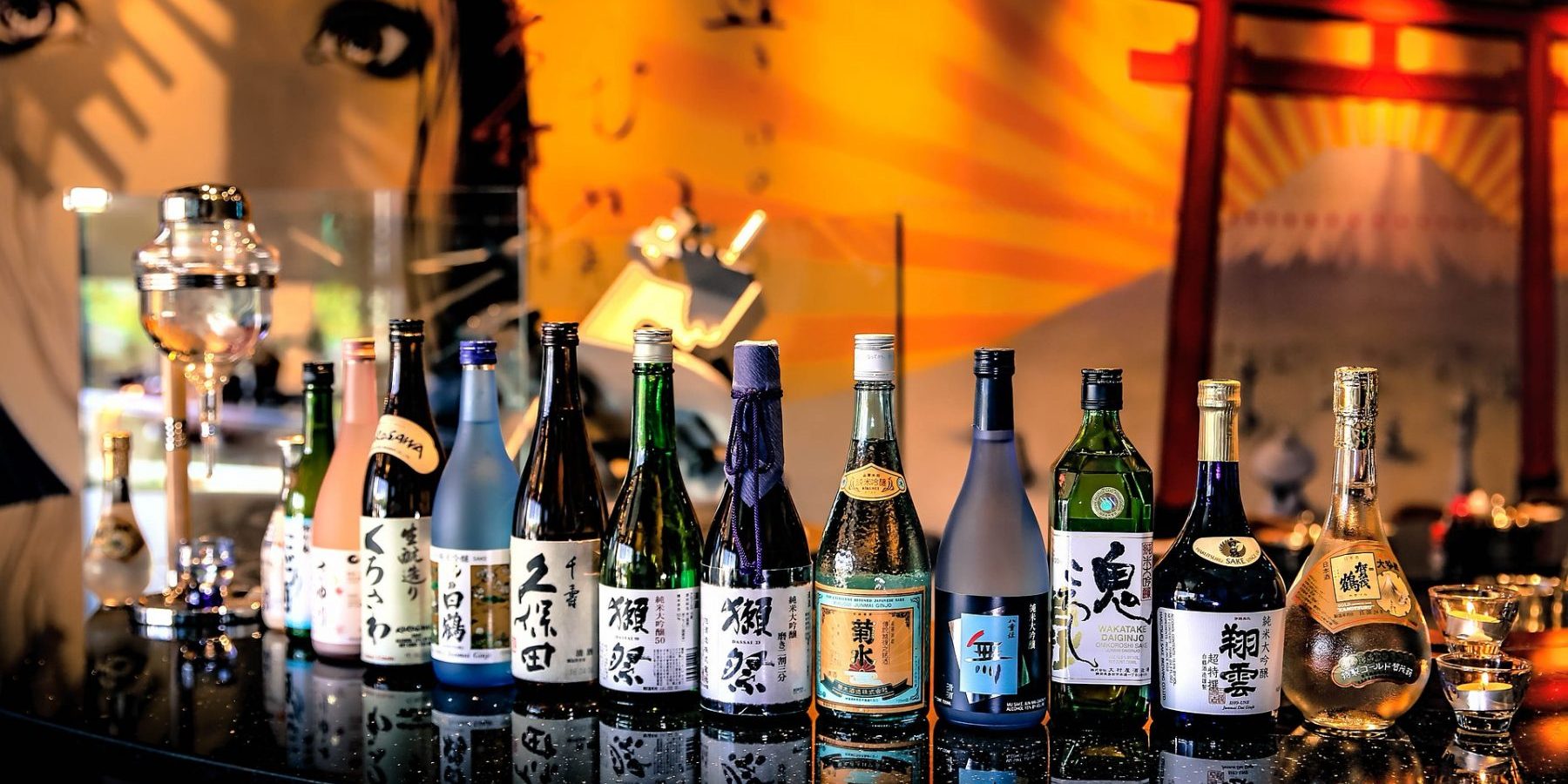I love blind tasting. It truly excites me. Admittedly, I do not get that many opportunities in which a sake is placed before me and I am told absolutely nothing about it. When that does happen, though, it is a most enjoyable experience.
Why? Because there are no wrong answers, and there is no assessment more honest and personal than one made with a total absence of preconceived notions. For a handful of reasons, I highly recommend blind tasting to anyone seriously interested in learning more about sake.
Recently I visited a brewer in Western Japan. It is a brewer I know well, and I have been to his kura countless times. But the company has recently gone through a number of changes, including ownership. The toji has been left to his own devices and has found his groove making what he wants to make, not what he is told will sell.
After tea and a chat, I was led into an area of the kura near the rice steamer, and there on a table roughly hewn from a centuries-old ceiling beam sat eight identical glasses of sake, each with a unique number.
“I have to step out to make a phone call,” he said. “In the meantime, have at it.” And with that, he left me alone with eight sake about which I knew nothing.
It was incredibly interesting, educational and fun to drink through them at my own pace, unfettered by knowledge of what they were, or pressure to identify them. When he returned twenty minutes later, I had my notes ready, and each sake was revealed. Some I recognized, others I was clueless about. Some I had correctly surmised were higher or lower grades, but others I simply had no idea. The one thing that was clear was my preferences. I knew which ones I liked and it often had nothing to do with what was on the label. In the end, I felt he was making his best stuff in years.
We all have our favorite sake brands. We know the sake we can depend on for an enjoyable session, or perhaps even to impress others with how good sake can be. We typically know a lot about our favorites, too. Those brands will always be there for us.
But I encourage you to experience the joys of blind sake tasting. If you really want to enhance your understanding of sake and to come to know its intricacies more intimately, nothing is more effective than challenging your senses with an unknown sake. Like many things in life, to take sake to the next level, you have to push your sake-envelope, stretch your sake-comfort zone, and venture, even if briefly, into the sake-unknown.
Try not to see or know the grade, the rice, the nihonshu-do, the production method, the region or even the producer. All of this is important and even interesting, but each one of those factors will lead inescapably to a preconceived idea of how the sake should taste and smell, and that will influence your perceptions. Enjoying the sake without all that background information will undoubtedly tell you more about your preferences, and your strengths and weaknesses in assessing sake.
It isn’t so hard to do. Next time you buy a bottle from your trusted retailer, take a recommendation of a sake with which you aren’t familiar. Ask no questions and don’t read the label. Have them write out any other vital information so you can check on it later. Take it home, embrace it, try it chilled, warm it up, let your senses guide you, and only after that, look to see what was written. In a restaurant, order a sake you have never heard of, or the one with which you are least familiar. Kindly ask the waitstaff to withhold all info about the sake until you’ve tried it. Smell it, taste it, assess it first. Then, and only then, ask them for the details.
Trust me: blind tasting sake is fun. And it’s educational. Have at it, friends.






